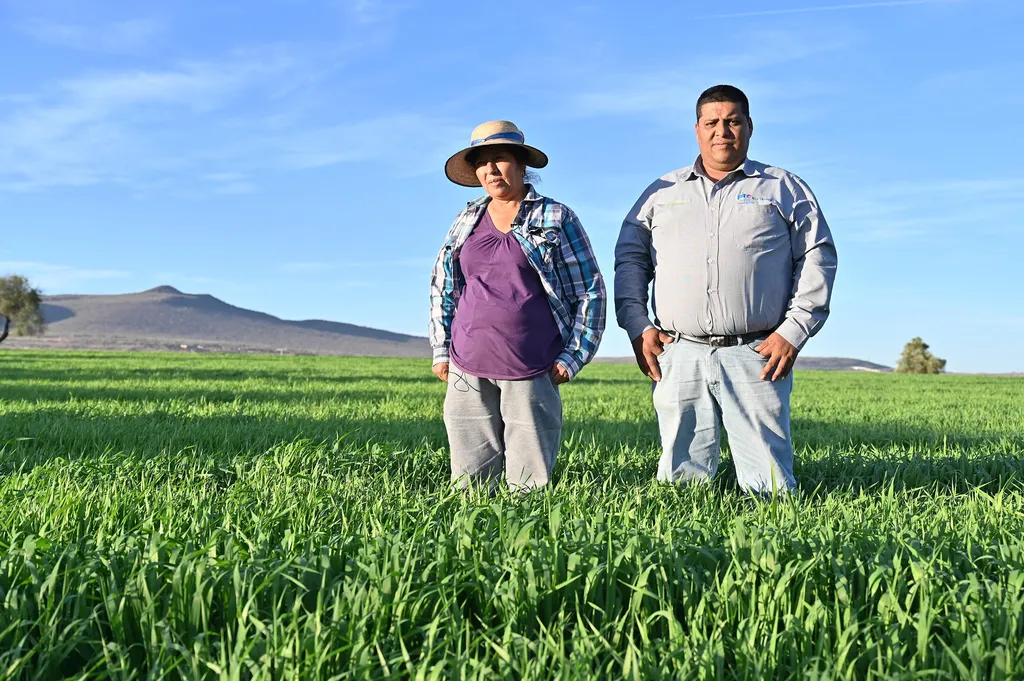In the heart of Puebla, Mexico, a team of researchers led by Jair J. Pineda-Pineda from the Ecology and Survival of Microorganisms Research Group (ESMRG) at Benemérita Universidad Autónoma de Puebla (BUAP) has made a significant stride in the field of microbial biotechnology. Their work, published in the journal *Microbial Biotechnology* (which translates to *Microbial Biotechnology* in English), offers a novel approach to identifying and quantifying compatible bacterial consortia, a breakthrough that could revolutionize sustainable agriculture and environmental restoration.
The research addresses a critical need in the agricultural and energy sectors: the sustainable use of terrestrial ecosystems to ensure food security and environmental health. By developing a mathematical model to quantify and identify antagonism-free bacterial consortia, Pineda-Pineda and his team have opened new avenues for applications ranging from phytopathogen biocontrol to bioremediation of contaminated soils and waters.
“Our goal was to create a scalable tool that could help manage agricultural resources and design sustainable biotechnological practices,” Pineda-Pineda explained. The team’s innovative approach involves using double-agar-layer assays to test interactions among 20 and 33 bacterial strains from independent studies. They then implemented a graph-based geometric model to analyze the topological properties of these interactions and defined an index to quantify feasible consortia.
The results were impressive. The researchers identified 36,851 and 376,126 subsets of compatible strains for the 20 and 33 strains, respectively. These subsets have the potential to promote plant growth and other biotechnological functions, offering a promising solution for sustainable agriculture and environmental restoration.
The implications of this research are far-reaching. For the energy sector, the ability to design efficient bacterial consortia could enhance biofertilization and organic waste degradation, contributing to more sustainable energy production. In agriculture, these consortia could improve crop yields and reduce the need for chemical fertilizers, promoting more sustainable farming practices.
Pineda-Pineda’s work is a testament to the power of interdisciplinary research, combining mathematical modeling, graph theory, and microbiology to address real-world challenges. As the world grapples with the impacts of climate change and the need for sustainable practices, this research offers a glimmer of hope and a path forward.
The study not only provides a scalable tool for managing agricultural resources but also paves the way for future developments in the field of microbial biotechnology. By understanding and harnessing the interactions among bacterial strains, researchers can design more effective and sustainable solutions for a wide range of applications.
As Pineda-Pineda noted, “This is just the beginning. The potential applications of our findings are vast, and we are excited to explore them further.” With this groundbreaking research, the future of sustainable agriculture and environmental restoration looks brighter than ever.

